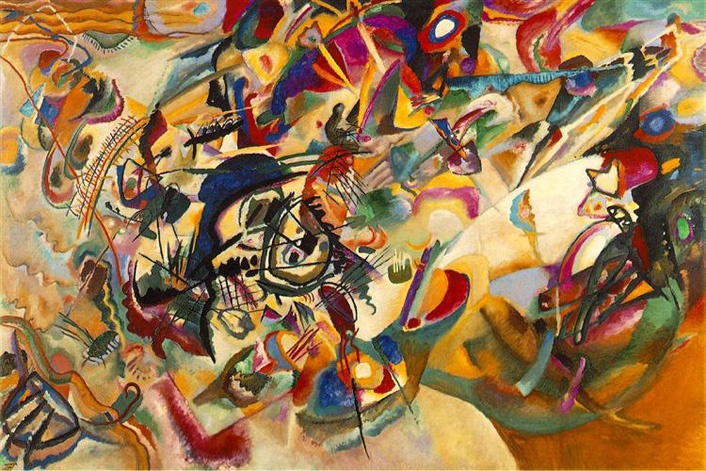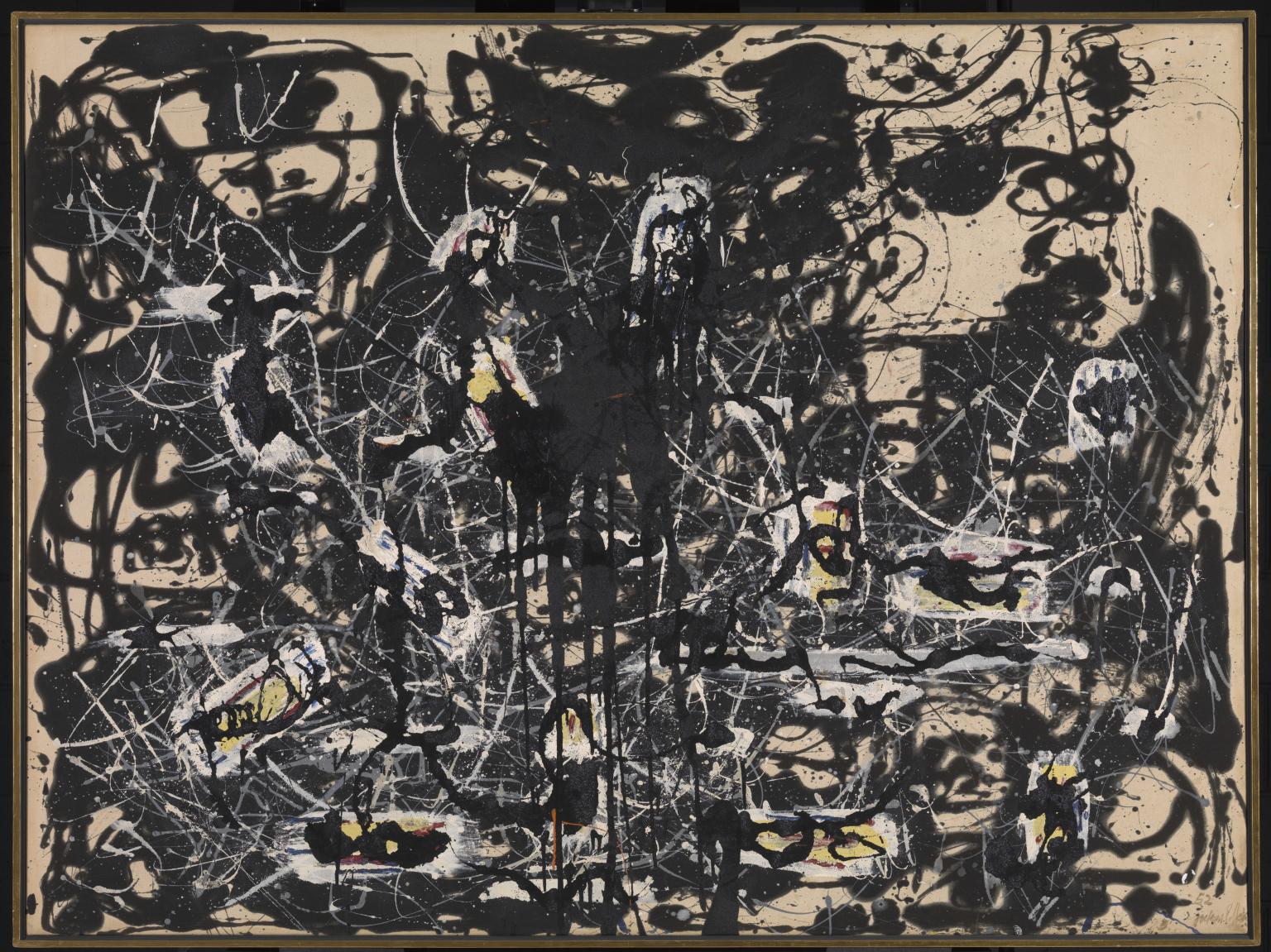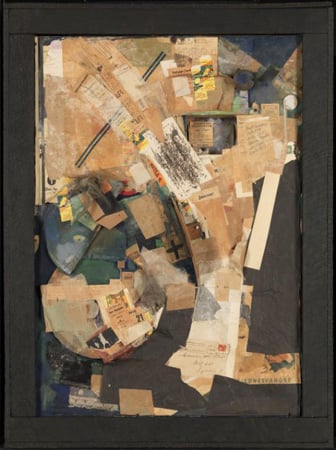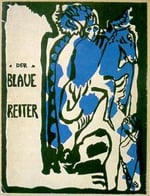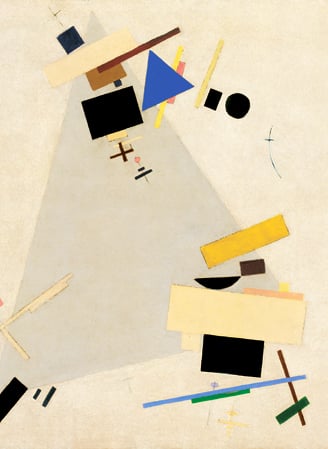Known for creating one of the first abstract paintings, Wassily Kandinsky (1866–1944) spent his life experimenting with his artistic talent. With Composition VII (1913) Kandinsky tried to capture the feeling of hearing music using a cacophony of form and colour that make a truly distinct style. It is considered to be one of his most recognisable and successful works.
Visual & Decorative Arts Blog
The expressive qualities of paint’s colours and textures were an essential feature of the movement that became known as Abstract Expressionism, which developed in the United States during the 1940s. The Abstract Expressionists were a loose grouping of painters in New York, working in varying styles but sharing a desire for a freedom from traditional artistic values.
Topics: abstract art, abstract expressionism, USA, Jackson Pollock
Wassily Kandinsky is considered to be the 'Father of the Abstract.' From an early age he had a strong connection to colour and throughout his artistic career he was interested in the portrayal of colours and shape. It took a simple mix up, when his wife accidentally set his work in progress on its side, for him to find artistic truth. Kandinsky's art was an extension of his spiritual thoughts and the abstract works that he created inspired many artists and art movements.
Topics: Wassily Kandinsky, Masterpieces of Art, abstract art
As explored in our previous Kandinsky blogpost, this is an artist who had a strong awareness of colour from an early age. This is brought out with great intensity in his later, more abstract paintings: the works that we now recognise most clearly as ‘Kandinsky’s’. Paintings like ‘Yellow, Red, Blue’ (1925) demonstrate the play of colour that Kandinsky used as a way of echoing, and influencing, emotions.
Topics: Wassily Kandinsky, Masterpieces of Art, abstract art
The ‘once in a lifetime’ Malevich exhibition at Tate Modern is now sadly over… If you missed it, fear not, you can still appreciate the revolutionary art that the master and inventor of suprematism created from 1913 onwards – even if you can't get to Moscow, New York or Amsterdam, where major museums hold impressive collections (the Stedelijk Museum in Amsterdam owns 24 Malevich paintings) – just take a look online and you can enjoy and learn about his work. Here we take a look at the movement that Malevich created and some of his classic abstract masterpieces. Of course, he didn't start this way – check out this blog to discover his more traditional beginnings.
Topics: Museums & Galleries, abstract art, Art Calendars, Kasimir Malevich

